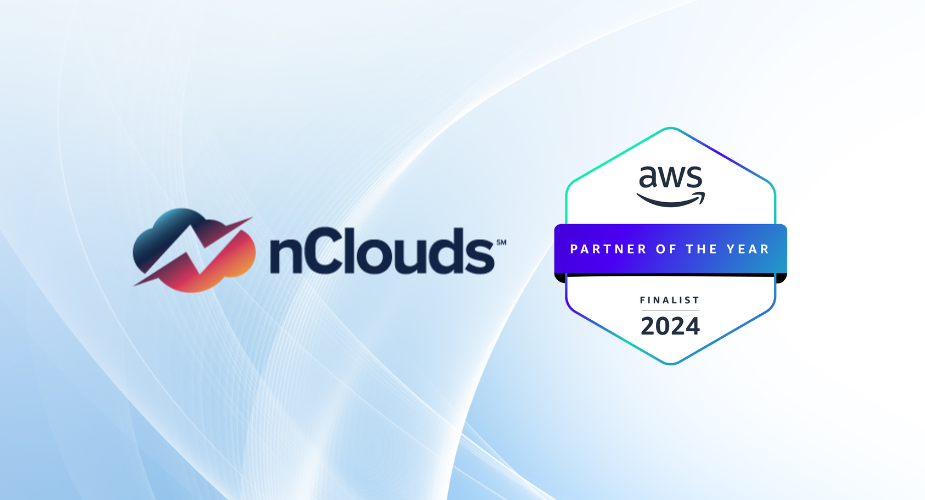Which cloud migration strategy is best for you?
An old Chinese proverb says that the journey of a thousand miles begins with a single step. This proverb holds true for your journey in the cloud. However, the Chinese proverb implies that the location of the journey’s end is known, and the course is well-planned. Otherwise, the first step may lead over the edge of a cliff. The same planning and caution are equally true for your journey into the cloud.
There is no one-size-fits-all method for moving on-premises applications and their consequent data to the cloud. This blog highlights two of the most common ways to journey in the cloud, rehosting migration and refactoring migration. These two strategies can be enhanced further when containerized.
Rehosting, also known as “Lift-and-shift,” is a strategic approach for small-to-medium organizations that want to move slowly and cautiously, or it can expedite the move for large corporations that need to migrate their on-premises legacy applications quickly.
Rehosting offers the quickest path to the cloud without the need for application or infrastructure changes. With rehosting, organizations enjoy minimal risk and little disruption to their operations, and it is the least expensive budget path. But, rehosting cannot take full advantage of the cloud, and there are the possibilities of latency and performance issues.
That said, rehosting can be done manually or by using automated tools. Once an application is rehosted, it may be easier to optimize. This could be because an organization has developed better skills. The important fact is that an organization is on the cloud, which opens up incredible new opportunities.
As previously mentioned, refactoring migration is another popular method of traveling to the cloud. Refactoring, re-architecting, and re-imagining are synonymous terms for this strategic cloud journey method, and they refer to the same result. That is, how an application is developed and architected, typically using cloud-native features so the application can work in the cloud.
Refactoring is usually driven by a strong business need to add specific features, like the ability to scale and enhance performance in ways that would otherwise be difficult to achieve in the application’s previous environment. Or, an organization may want to migrate from a monolithic architecture to service-oriented or serverless architecture to boost agility and improve business continuity. Refactoring tends to be more expensive to implement, but it can also be the most beneficial, especially for companies with an established market fit and enjoying good product demand.
Like rehosting, refactoring has its advantages and disadvantages.
Refactoring provides scalability for reduced resource consumption and cost. It creates flexible architecture structures and enhances the ability to add new features or modify existing functionality. Refactoring includes improved resiliency with decreased risk. However, the downside is that refactoring takes longer and is more expensive to implement. It also requires advanced skills like coding, automation, and DevOps to engineer and implement.
Still, whether your journey begins with rehosting or you jump in with refactoring, one of the best ways to enhance either strategy is through containerization.
Containers automate modern applications’ deployment at scale and drive cost optimization. They provide a standard way to package an application’s code, configurations, and dependencies into a single object. Containers share an operating system installed on the server and run as resource-isolated processes. This ensures quick, reliable, and consistent deployments, regardless of the environment.
Because Containers are lightweight and provide a consistent, portable software environment for applications to easily run and scale anywhere. They are a powerful way for developers to package and deploy their applications, whether they are rehosting or refactoring their cloud journey.
nClouds understands that there is no single, best way to begin or expand your business journey in the cloud. So much depends on an organization’s resources, staff, combined skill sets, management, goals, etc. This is where nClouds’ engineers can supplement those of your engineers. nClouds’ engineers are trained, certified, and experienced in advanced skills like coding, automation, and DevOps to help our clients achieve their goals.
At nClouds, we understand that you cannot begin your cloud journey unless you know exactly where you are. That’s why we partner with our clients to ensure that your migration exceeds your expectations and meets AWS Well-Architected standards. We only succeed on our journey when you succeed on yours.


